Floor-projection of video-documentation of this action of May 3, 2013. The curators take responsibility for the installation with 250m of barbed wire, which was not of Pyotr Pavlensky’s conception.
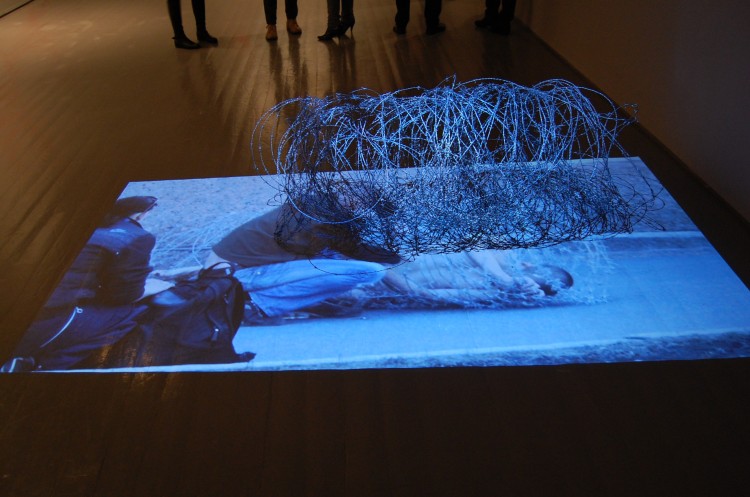
In this action-performance, Pyotr Pavlensky lay naked inside an enormous roll of barbed wire in front of the St. Petersburg Legislative Assembly. This protest against ever more draconian laws being passed illustrated how, in the artists words, “every move you make, causes pain”.
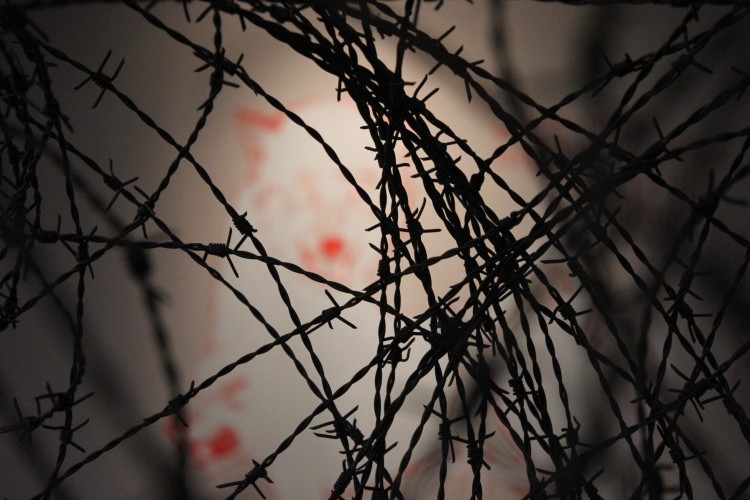
Carcass immediately drew the attention of passers-by and security personnel. As the artist puts it, “these projects are created by everybody involved. Some things are just impossible to predict. For instance with Carcass, I could not predict that a naked man would be taken into the main entrance of the Legislative Assembly’s building, because even officials enter through the staff entrance on the side. It was done by the police who joined and participated in the process.” (http://www.sptimes.ru/?action_id=2&story_id=37455)
Soon later the authorities brought Pavlensky to a psychiatrist, in an attempt to have him declared mentally unfit for freedom. Luckily, the doctor was unwilling to confirm this, and declared the artist perfectly sane. After a further day in custody, no clear charges could be found against the artist, and he was released to general surprise and public sympathy.
Social and traditional media attention the entire process resulted in the action gaining wide international resonance.
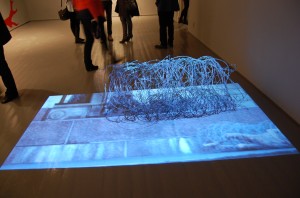
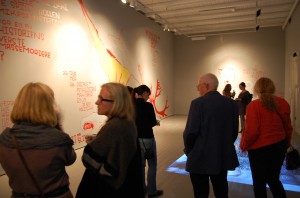
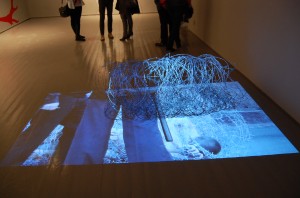
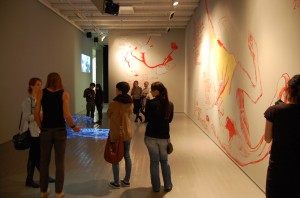
























































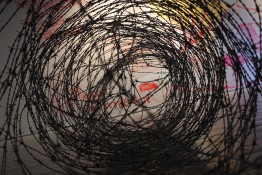
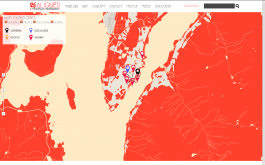
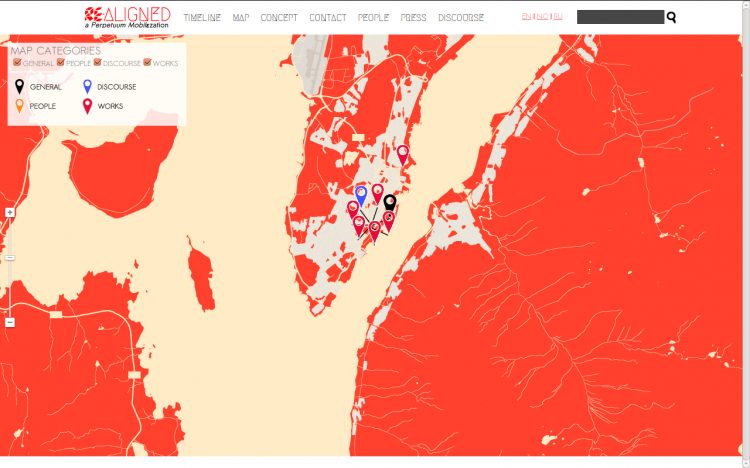 WWW.RE-ALIGNED.NET is changing, perpetually. In the coming days, texts and documentation of the WORKS of the exhibition “RE-ALIGNED ART from Russia, Ukraine and Belarus” will be published, one by one, ONLINE.
WWW.RE-ALIGNED.NET is changing, perpetually. In the coming days, texts and documentation of the WORKS of the exhibition “RE-ALIGNED ART from Russia, Ukraine and Belarus” will be published, one by one, ONLINE. 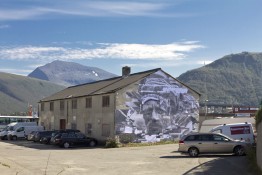
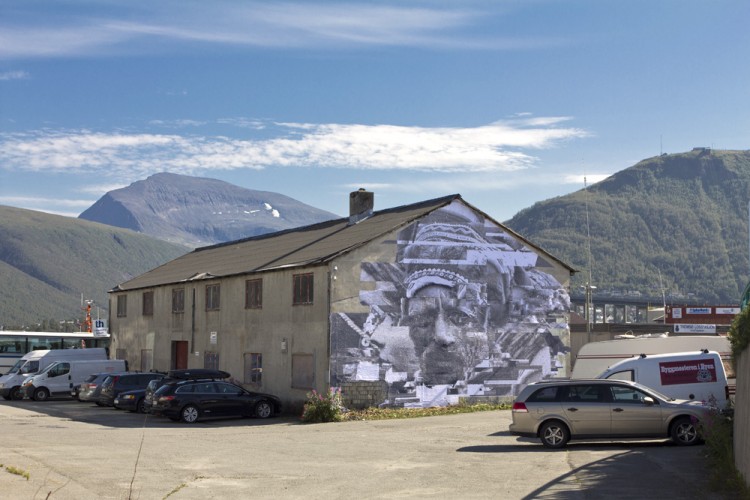 “Glitch” of print-paper on public wall, 2013.
“Glitch” of print-paper on public wall, 2013.










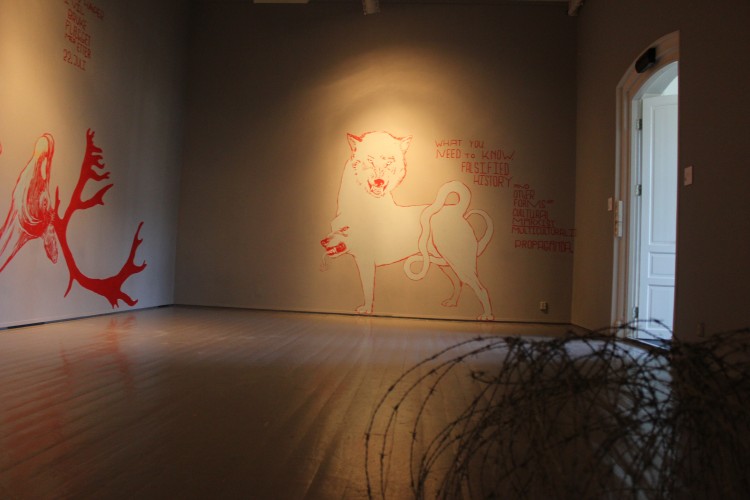
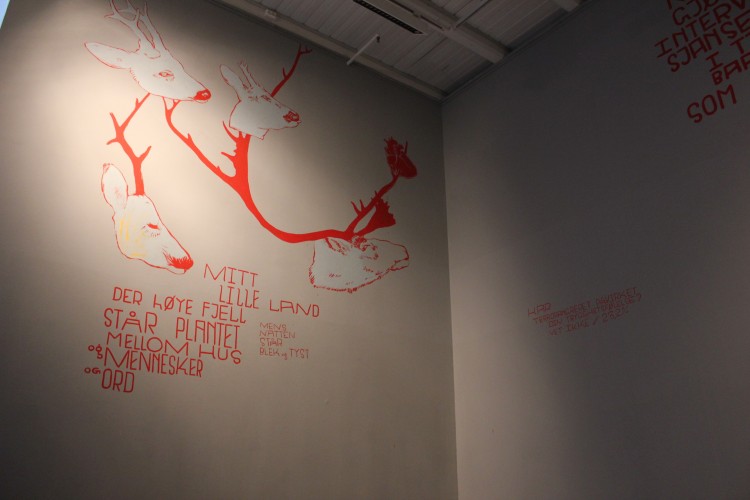
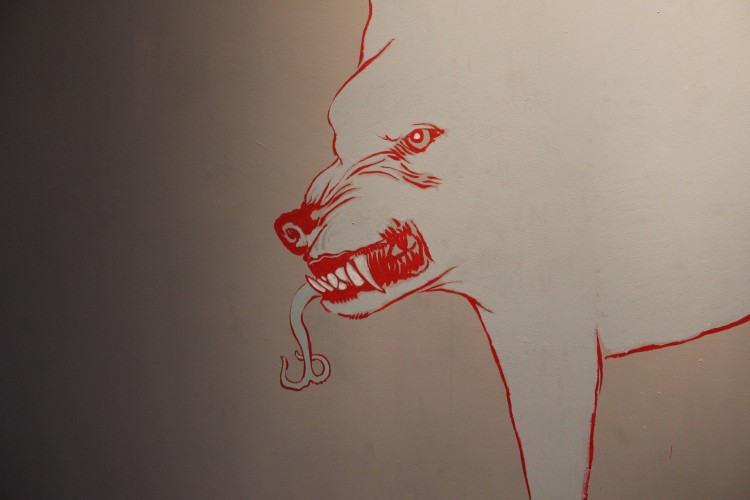
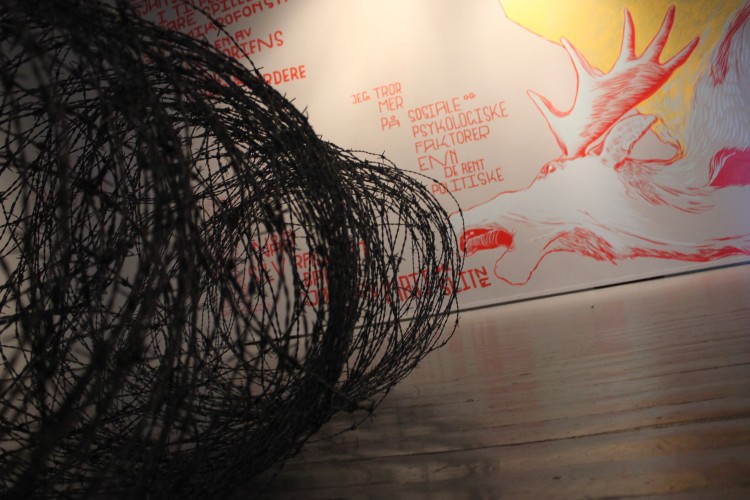
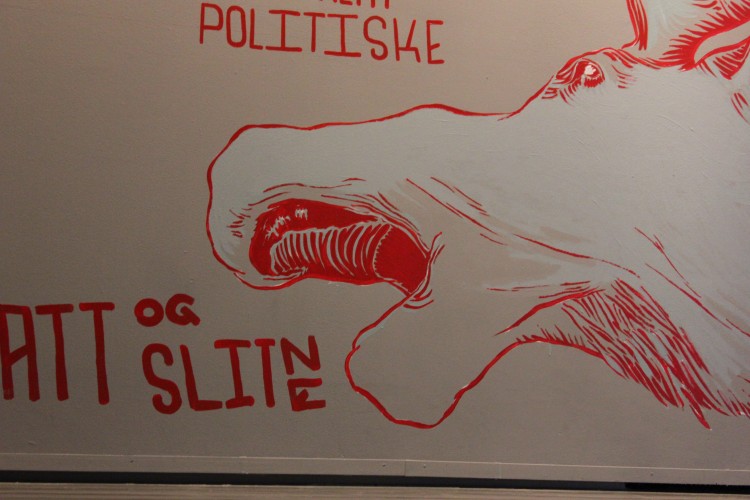
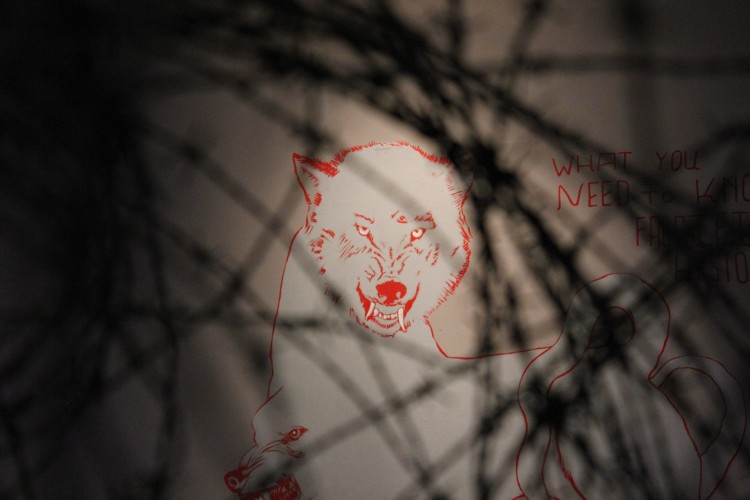



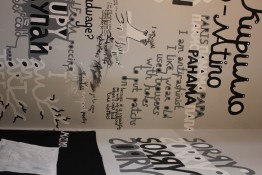
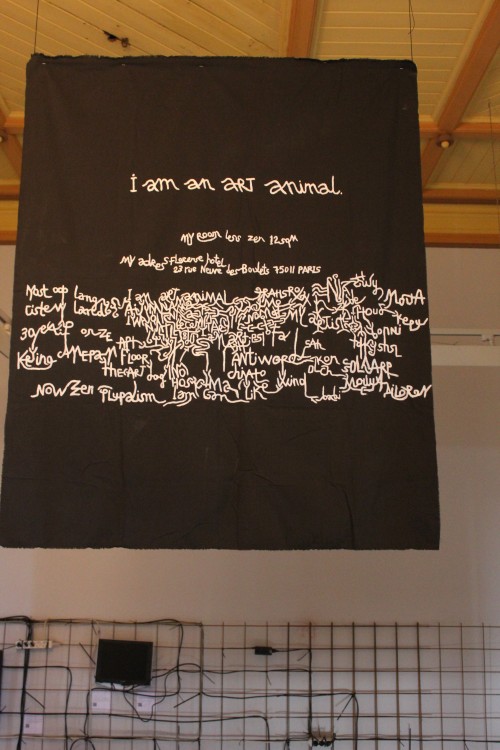 Works on paper, cloth, mixed media and on the wall. Includes several works. Dimensions variable.
Works on paper, cloth, mixed media and on the wall. Includes several works. Dimensions variable.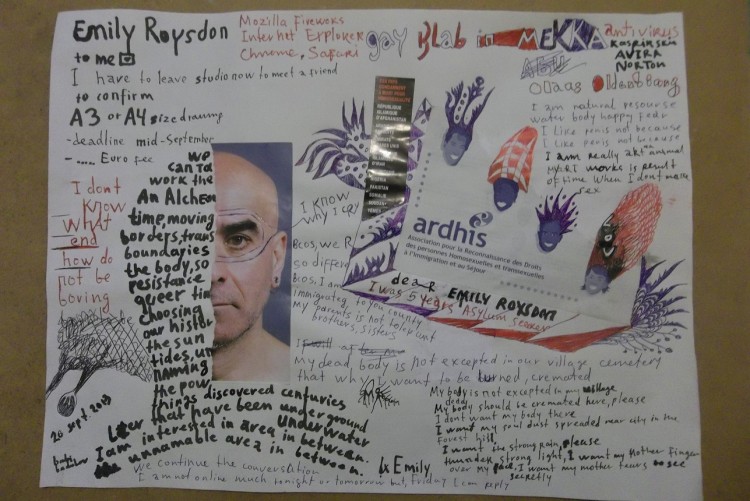
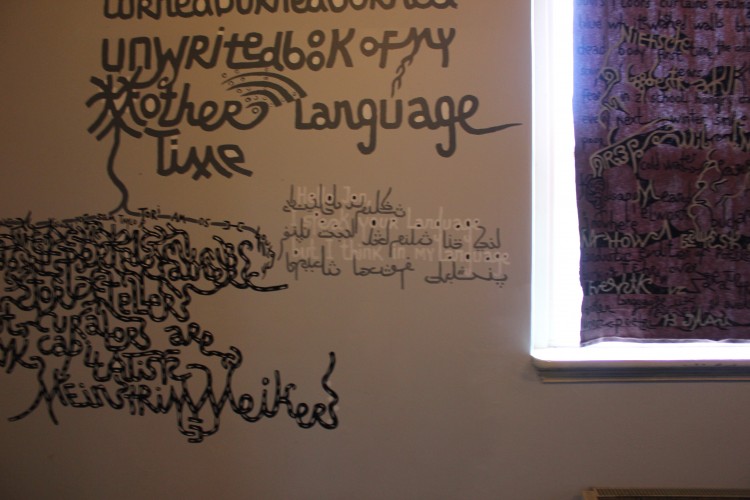
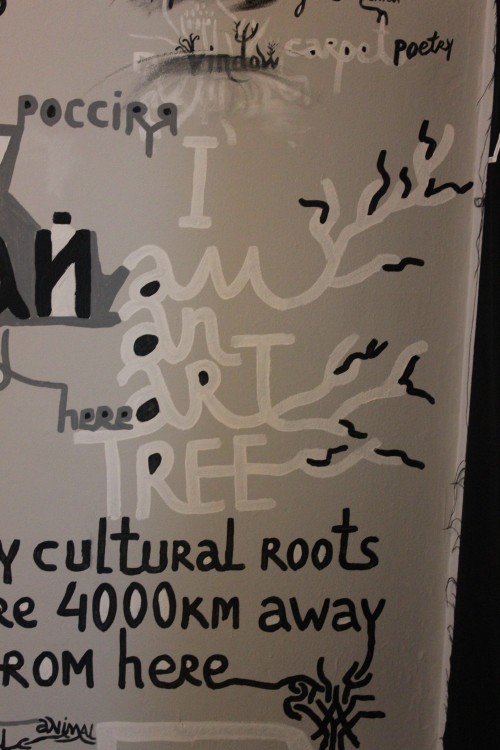

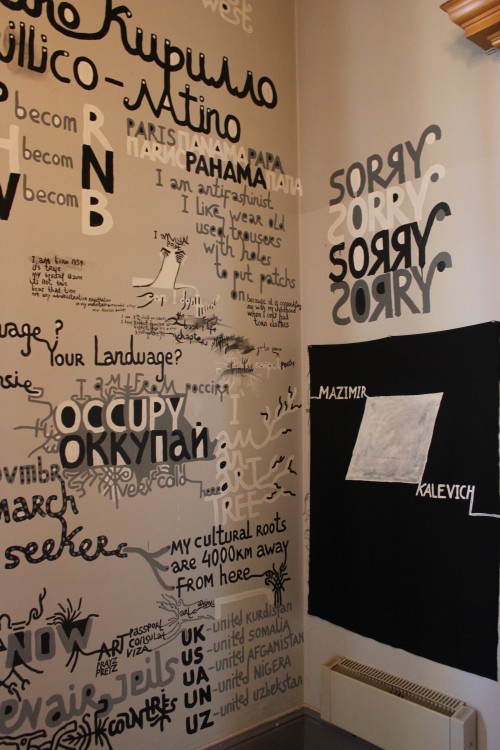
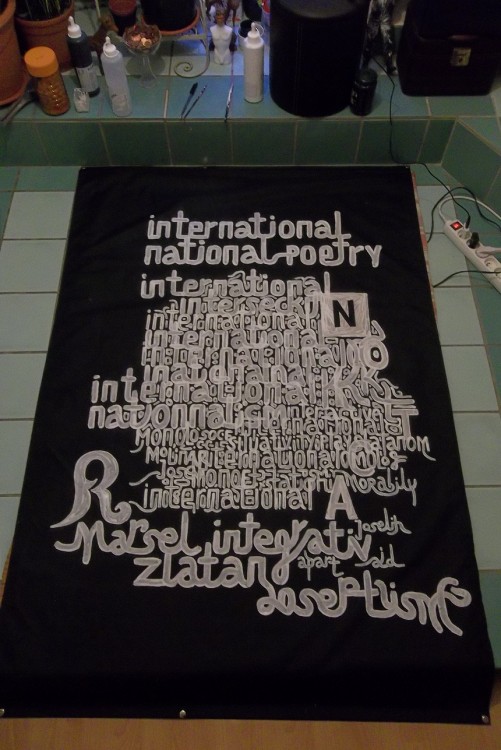
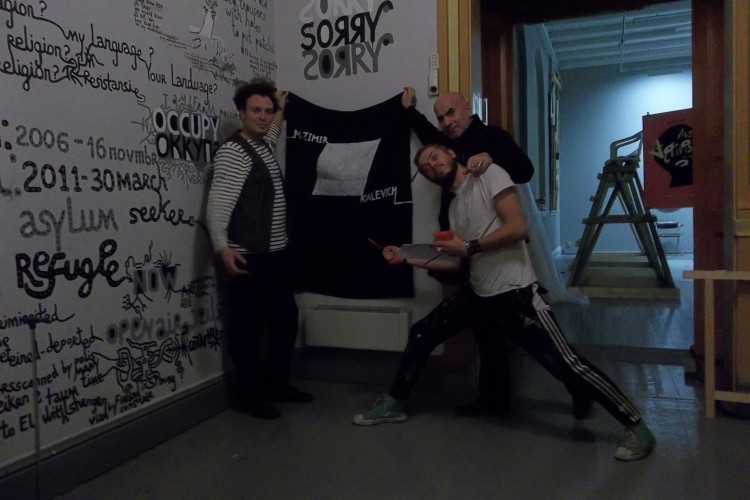
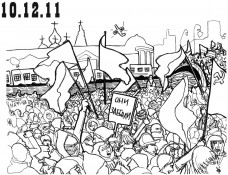
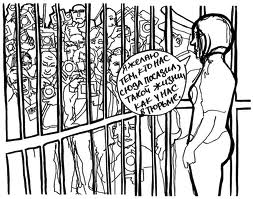 Series of illustrations with accompanying texts. Prints on paper, 59×42, 2012.
Series of illustrations with accompanying texts. Prints on paper, 59×42, 2012.

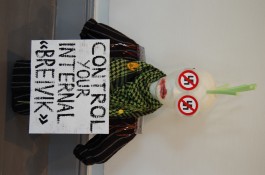
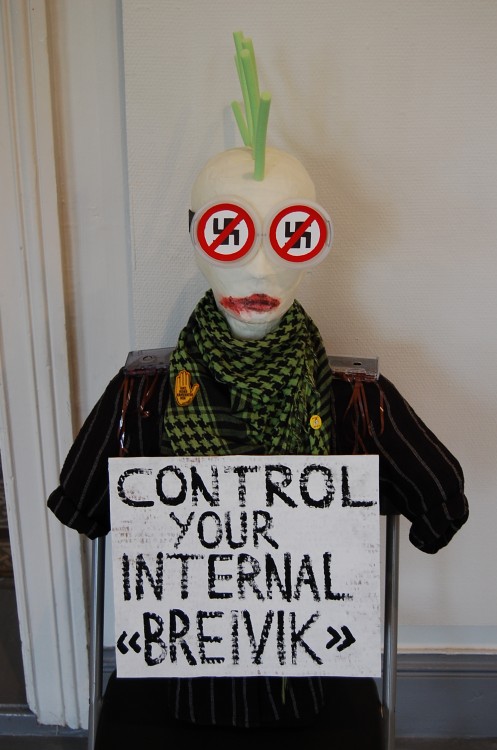 against destructive ideologies, human vices and thoughtless actions and neglect by individuals and authorities. The message applies not only to Norway, because similar problems exist around the globe. The Front provides an opportunity for the audience — on the street, at a bus-stop or at the art hall — to think again about intolerance, ethnic hatred and environmental issues: to realize our failings and inaction in face of these threats, and prevent their overlapping.
against destructive ideologies, human vices and thoughtless actions and neglect by individuals and authorities. The message applies not only to Norway, because similar problems exist around the globe. The Front provides an opportunity for the audience — on the street, at a bus-stop or at the art hall — to think again about intolerance, ethnic hatred and environmental issues: to realize our failings and inaction in face of these threats, and prevent their overlapping.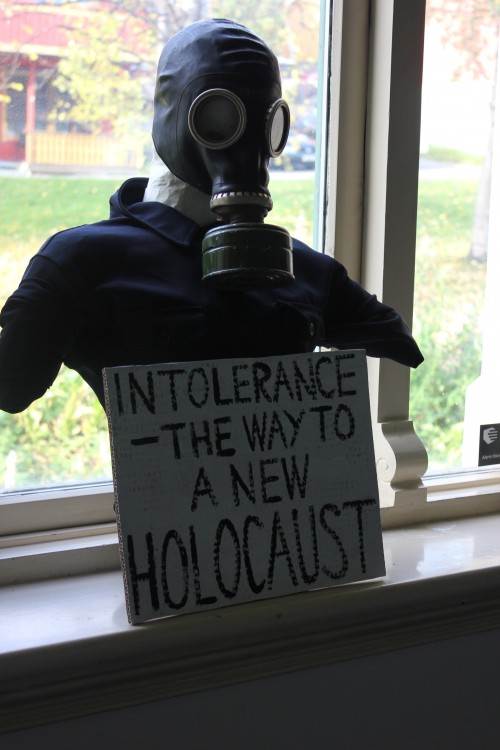
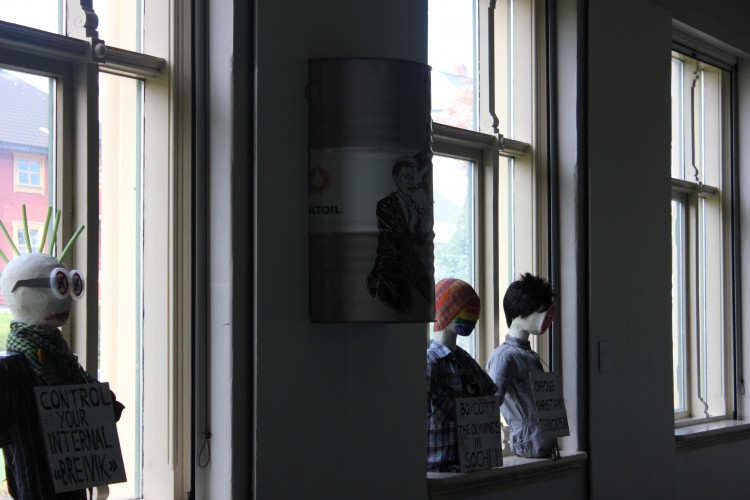
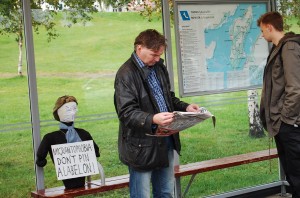
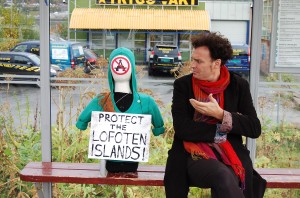
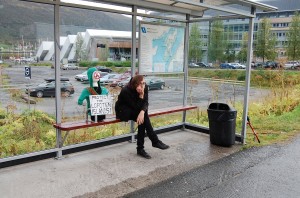
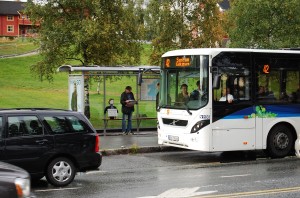
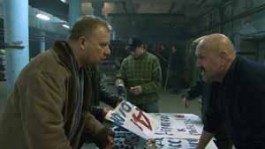
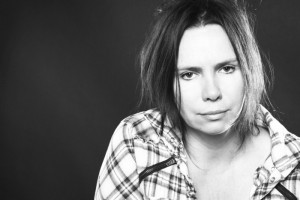 Venue: Verdensteatret Cinema
Venue: Verdensteatret Cinema